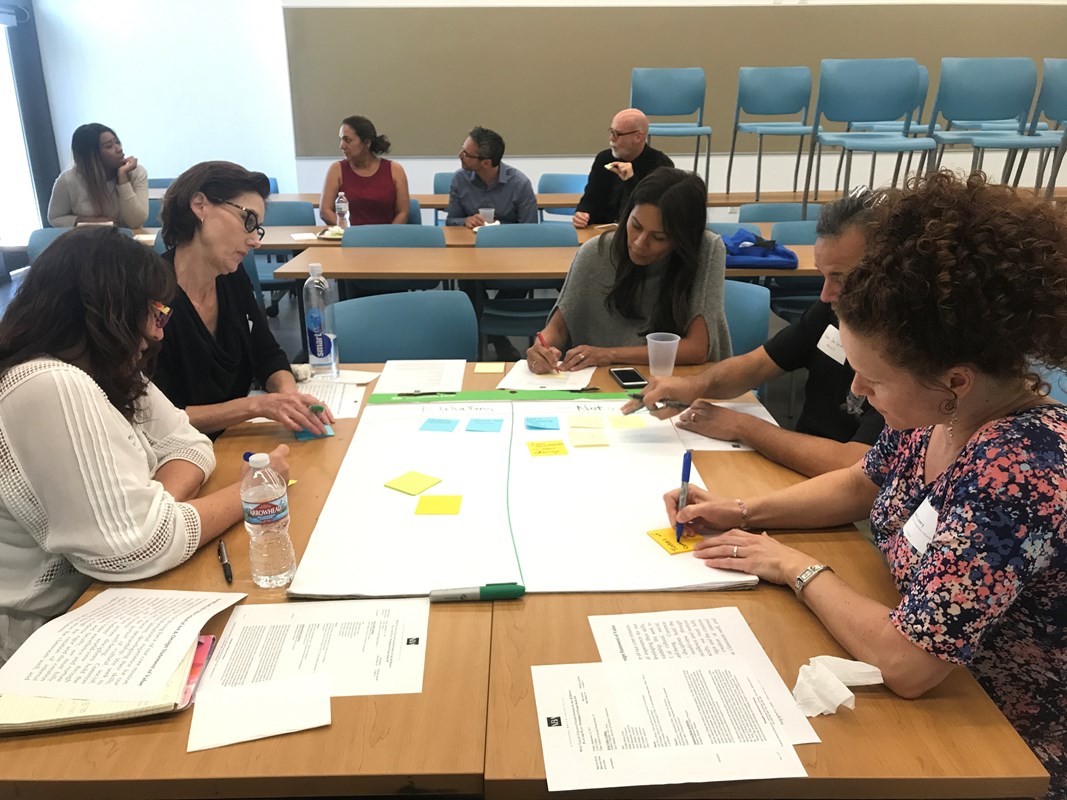
West Valley College created a new flagship program, The Cilker School of Art and Design (SoAD), with the objective to envision and create an interdisciplinary program for the performing arts, visual arts, and design. Seeking to attract and retain students from across the region and beyond, the SoAD had been exploring options to invest in the department’s facilities to support the School’s educational objectives.
To move forward effectively with the design of any new or renovated facilities, Anderson Brulé Architects (ABA) engaged key stakeholders to define the School’s vision and needs for delivering integrated and interdisciplinary programs.
In order to define Where
(the architectural program) faculty would be teaching, ABA first worked with stakeholders to establish the Why, Who, What, and How
of the new integrated school:
ABA was hired to challenge and motivate faculty and staff to collaboratively create a new pedagogy model, discover the answers to the questions of Why, Who, What and How,
and to establish the vision for the SoAD. This process was conducted in two steps.
In Step 1, Plan the Plan,
ABA engaged the School’s faculty in brainstorming their preferred methods for Step 2, Do the Plan,
towards establishing a direction for the SoAD. The methods suggested included workshops, student focus groups, a panel discussion with industry experts, and online student and industry expert surveys.
Step 2 implemented the methods laid out by the faculty in Step 1 and allowed the faculty to be more engaged and invested in the activities they had suggested in the previous step.
Through this two-step process, ABA helped the faculty to develop an Educational Model and Operational Plan (EMOP) and to lay the groundwork for a successful implementation. This groundwork effort developed an aspirational educational philosophy, new and innovative course curricula, more effective course sequences, and descriptions of the required space types for the building space program.